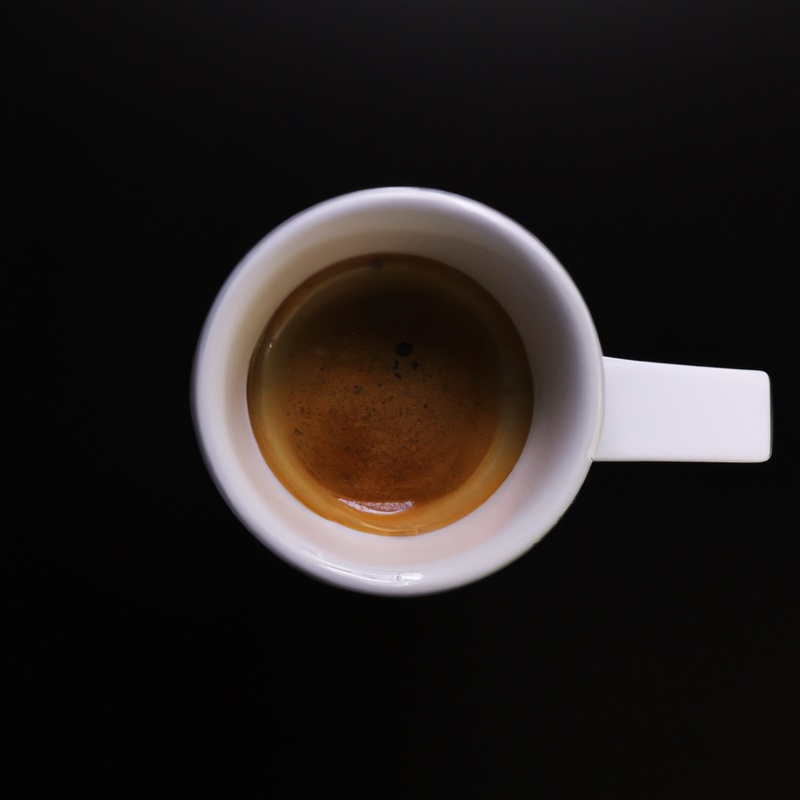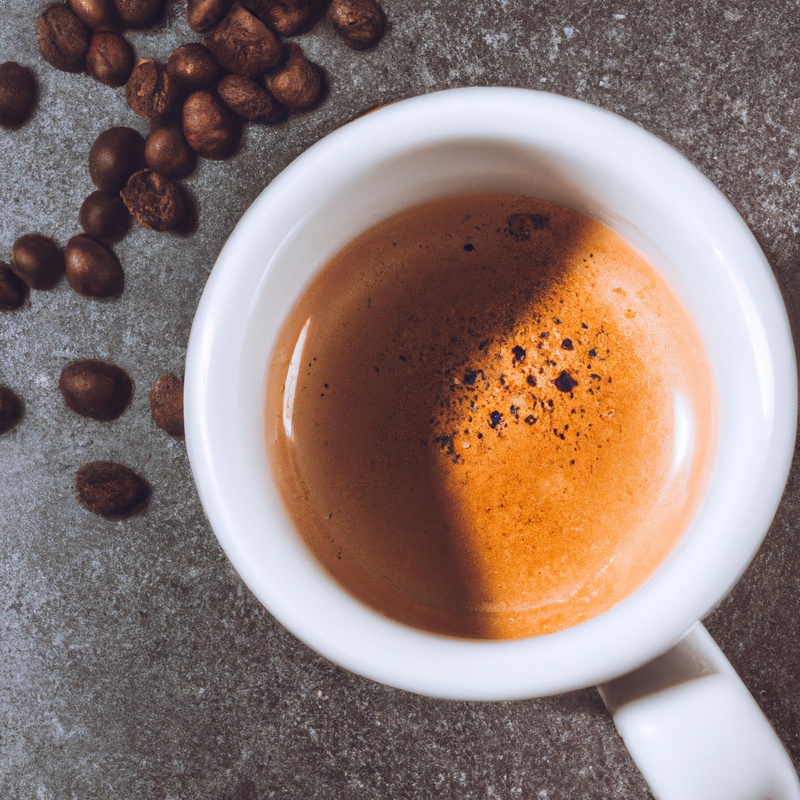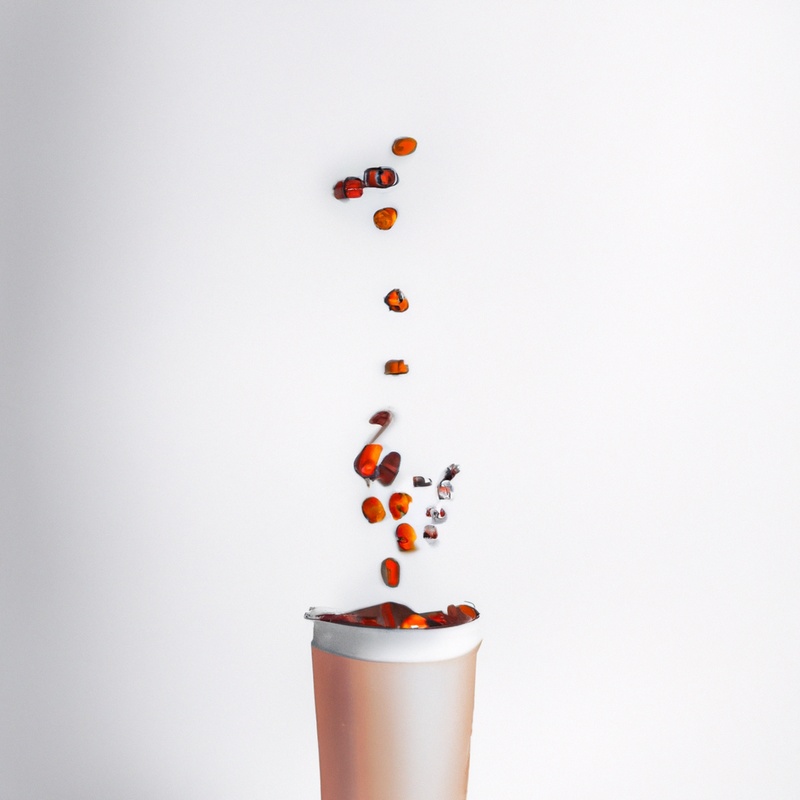Key Takeaways:
- Heating up cold brew coffee increases its acidity levels.
- Acidity in heated cold brew coffee is more pronounced than in its chilled form.
- The change in acidity when heating cold brew coffee can affect its taste profile.
- Understanding the impact of heating cold brew coffee can help you adjust your brewing and serving methods for optimal flavor.
Do you love starting your day with a smooth, rich cup of cold brew coffee?
Maybe you’ve heard that heating up cold brew can make it acidic, but is that actually true?
Today, we’re diving into the fascinating world of cold brew coffee and exploring the relationship between temperature and acidity.
We’ll uncover the secrets behind making a perfect cold brew, discuss how temperature affects acidity, and address the burning question: does heating up cold brew coffee really increase its acidity?
So grab your favorite mug and get ready to unravel the mysteries of this beloved beverage.
| Heating Temperature | Acidity Level |
|---|---|
| Room Temperature (cold brew coffee) | Low acidity |
| Microwave (reheating) | Slightly increased acidity |
| Stovetop (reheating) | Moderate to high acidity |
| Boiling (reheating) | Increased acidity |
Understanding Cold Brew Coffee
Cold brew coffee is a unique brewing method that yields a smooth and less acidic flavor compared to regular coffee.
What is Cold Brew Coffee?
Cold Brew Coffee is a method of making coffee by steeping coffee grounds in cold or room temperature water for an extended period, usually 12 to 24 hours. Unlike traditional hot brewed coffee, Cold Brew is not brewed with hot water.
This slow extraction process results in a smoother, less acidic coffee with a bold flavor profile.
The final product can be enjoyed cold or hot, and is often diluted with water or milk. It’s a refreshing and versatile way to enjoy your favorite coffee.

How is Cold Brew Coffee Made?
To make cold brew coffee, you simply steep coffee grounds in cold water for an extended period, usually 12 to 24 hours.
The process is quite straightforward: grind your coffee beans coarsely, combine the grounds with cold water in a container, and let it sit at room temperature or in the refrigerator.
After steeping, strain the mixture to remove the grounds, and you have a smooth, concentrated cold brew coffee that can be diluted with water or milk to preference.
It’s a simple and refreshing way to enjoy your favorite caffeinated beverage.
How is Cold Brew Coffee Different from Regular Coffee?
Cold brew coffee is different from regular coffee in a few key ways.
Firstly, cold brew is made by steeping coffee grounds in room temperature or cold water for an extended period of time, while regular coffee is typically brewed using hot water.
Secondly, this slow extraction process results in a smoother and less acidic flavor profile for cold brew compared to the bolder and more acidic taste of regular coffee.
Finally, since cold brew is naturally less acidic, it is often easier on the stomach and can be enjoyed by those with sensitive digestive systems.

The Relationship Between Temperature and Acidity
The temperature of coffee can impact its acidity levels.
How Temperature Affects Coffee Acidity
The temperature of coffee can affect its acidity levels. When coffee is brewed at higher temperatures, it tends to have a higher acidity.
On the other hand, brewing coffee at lower temperatures can result in a lower acidity.
This is because temperature impacts the extraction process, influencing the solubility of organic acids in coffee beans. The acidity in coffee contributes to its overall flavor profile and can be adjusted based on personal preference.
So, if you prefer a less acidic cup of coffee, try brewing it at a lower temperature.

Does Heating Up Coffee Increase Acidity?
Heating up coffee does not increase its acidity. Once coffee is brewed, it reaches its maximum acidity level.
The pH of the coffee remains the same regardless of whether it is hot or cold.
However, heating up coffee may alter its taste, making it appear more bitter or acidic due to changes in the chemical compounds.
The Acidity Levels in Cold Brew Coffee
The acidity levels in cold brew coffee tend to be lower compared to traditional hot brewed coffee.
This is because cold brew coffee is made using a slower, longer extraction process, which results in a smoother and less acidic beverage.
The lower acidity makes cold brew coffee a popular choice for those with sensitive stomachs or acid reflux.
So, if you’re looking for a less acidic coffee option, cold brew might be the way to go.
Factors Affecting Cold Brew Coffee Acidity
The acidity of cold brew coffee is influenced by factors such as coffee bean quality, roast level, brew time, brew ratio, and water temperature.
Coffee Bean Quality and Roasting Level
Coffee bean quality and roasting level play a significant role in the taste and acidity of cold brew coffee.
- High-quality beans with a balanced flavor profile can result in a more enjoyable and complex cold brew.
- The roasting level also affects the acidity, with lighter roasts generally being more acidic than darker roasts.
- Experimenting with different bean origins and roasting levels can help you find the perfect balance for your personal taste preferences.
- Remember to source fresh beans and pay attention to the recommended grind size for optimal results in your cold brew.
Brew Time and Ratio
Brew Time and Ratio are two important factors to consider when making cold brew coffee. The brew time refers to how long you let the coffee steep in cold water before straining it, while the ratio refers to the coffee-to-water ratio used in the brewing process.
Both factors have an impact on the flavor and strength of the final brew.
Finding the right balance of brew time and ratio can help you achieve a delicious and well-balanced cup of cold brew coffee. Experimenting with different brew times and ratios will help you discover your preferred taste.
Water Temperature During Brewing
The water temperature during brewing plays a significant role in the flavor profile of cold brew coffee. The optimal temperature range for brewing is between 18-21°C (64-70°F).
A lower temperature can result in under-extraction, leading to a weaker and less flavorful brew.
On the other hand, using hotter water can over-extract the coffee, resulting in a bitter taste. Finding the right balance and experimenting with different temperatures can help you achieve the desired flavor and acidity level in your cold brew coffee.
Enjoying Cold Brew Coffee
Enjoy the smooth and rich flavors of cold brew coffee at any time of day.
Tips for Enhancing the Flavor of Cold Brew Coffee
If you’re looking to enhance the flavor of your cold brew coffee, here are some tips to try:
- Experiment with the brewing time: Adjusting the steeping time can have a significant impact on the flavor. Try steeping for longer or shorter periods to find your preferred strength.
- Use the right coffee-to-water ratio: Finding the perfect balance is key. Start with a ratio of 1:4 (1 part coffee to 4 parts water and adjust to your taste.
- Explore different beans: Different coffee beans offer unique flavors and profiles. Experiment with different origins and roasts to discover the ones that best suit your palate.
- Consider the water quality: Use filtered or high-quality water to avoid any unwanted flavors that can affect the taste of your cold brew.
- Add a flavor enhancer: To add an extra kick to your cold brew, try incorporating flavors like vanilla extract, cinnamon, or even a splash of almond milk.
- Serve it right: Cold brew coffee is best enjoyed over ice. Pour it into a glass filled with ice cubes and savor the refreshing taste.
These tips should help you enhance the flavor of your cold brew coffee and create a delightful experience for your taste buds. Happy brewing!
Serving Cold Brew Coffee Hot
Serving Cold Brew Coffee Hot: It is absolutely possible to serve cold brew coffee hot.
Simply heat it up before pouring, and you’ll have a warm cup of cold brew.
It retains its smooth, less acidic taste even when heated, making it a versatile option.
You can heat it on the stove, in the microwave, or with a coffee maker.
Just keep in mind that the brewing process for cold brew is different from traditional hot coffee, so adjust the amount of water or milk accordingly for your perfect cup.
Enjoy!
Cold Brew Coffee Recipes for Both Cold and Hot Enjoyment
Sure, here is a concise answer to your heading: For a refreshing cold brew coffee, combine coarse coffee grounds with cold water in a container. Let it steep in the fridge for at least 12 hours.
Strain it and enjoy it over ice.
If you prefer a hot version, simply heat up the cold brew in the microwave or on the stovetop. Add milk or sweetener if desired.
It’s that easy to enjoy both cold and hot versions of your favorite cold brew coffee!
Frequently Asked Questions
Can I heat up cold brew coffee in the microwave?
Yes, you can heat up cold brew coffee in the microwave.
Simply transfer the cold brew coffee to a microwave-safe container and heat it in short intervals, stirring in between, until it reaches your desired temperature.
Just be mindful not to overheat it, as it may affect the taste.
Enjoy your warm cup of cold brew coffee!
Does heating cold brew coffee affect its caffeine content?
Heating cold brew coffee does not affect its caffeine content. Whether you drink it cold or heat it up, the caffeine remains the same.
The extraction process during brewing releases the caffeine from the coffee beans, and this caffeine is then present in the final cold brew product.
So, go ahead and warm up your cold brew without worrying about losing any caffeine!
Can I store cold brew coffee in the refrigerator after heating it?
Yes, you can store cold brew coffee in the refrigerator after heating it. Once you have heated your cold brew coffee, you can simply let it cool to room temperature and then transfer it to a refrigerator-safe container.
Make sure to seal it tightly to maintain its freshness.
It’s best to consume the refrigerated heated cold brew within 3-4 days for optimal flavor. Enjoy!
Final Verdict
Heating up cold brew coffee does not make it more acidic.
Cold brew coffee is naturally less acidic than regular coffee due to its brewing process.
The temperature at which coffee is consumed may affect the perception of acidity, but reheating cold brew coffee will not increase its acidity levels.
Factors such as coffee bean quality, roasting level, brew time and ratio, and water temperature during brewing have a greater impact on the acidity of cold brew coffee.
Enjoy your cold brew coffee knowing that heating it up will not affect its acidity profile.
